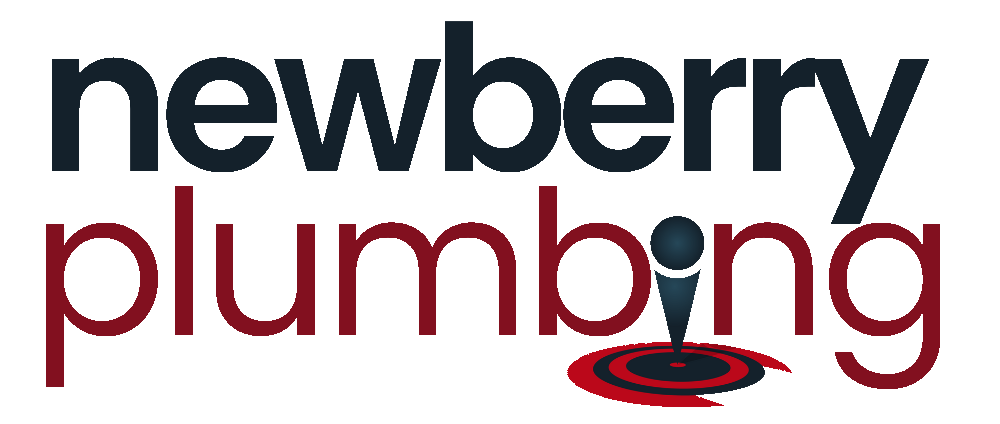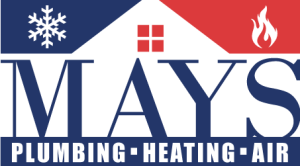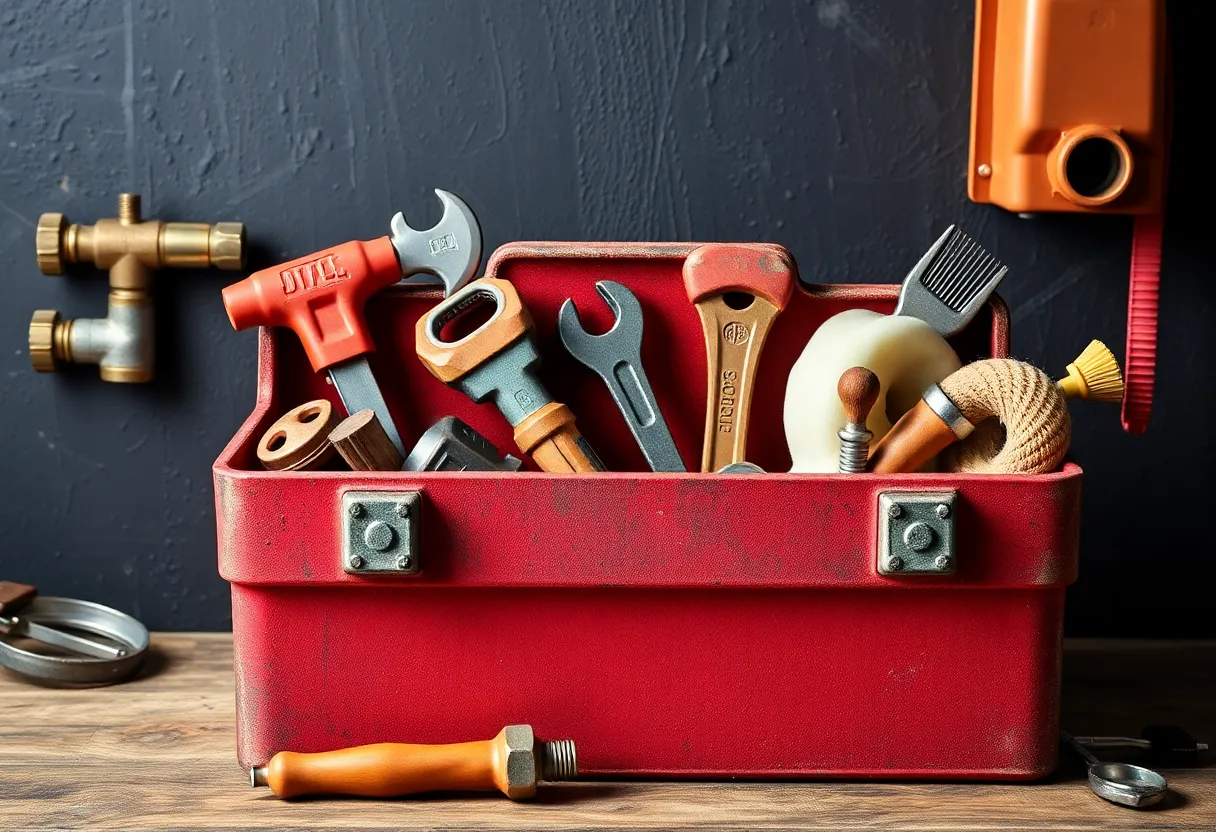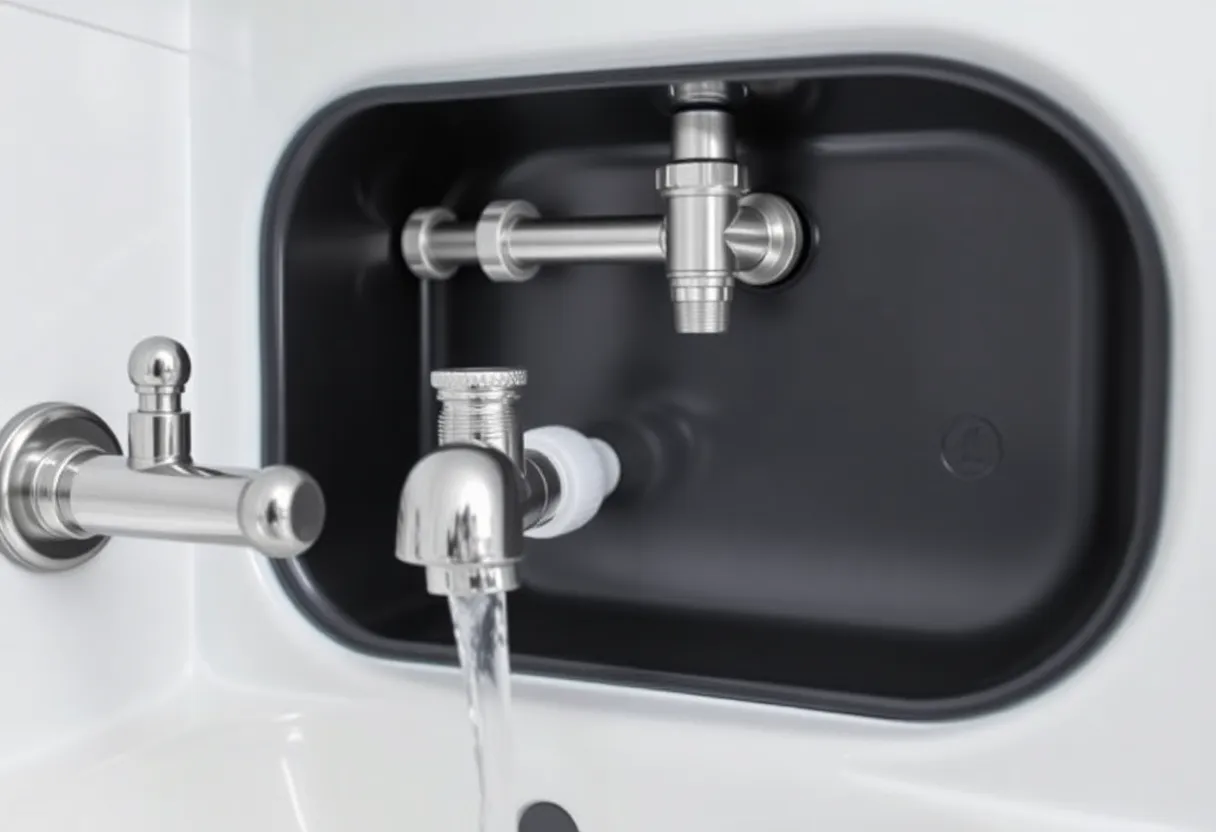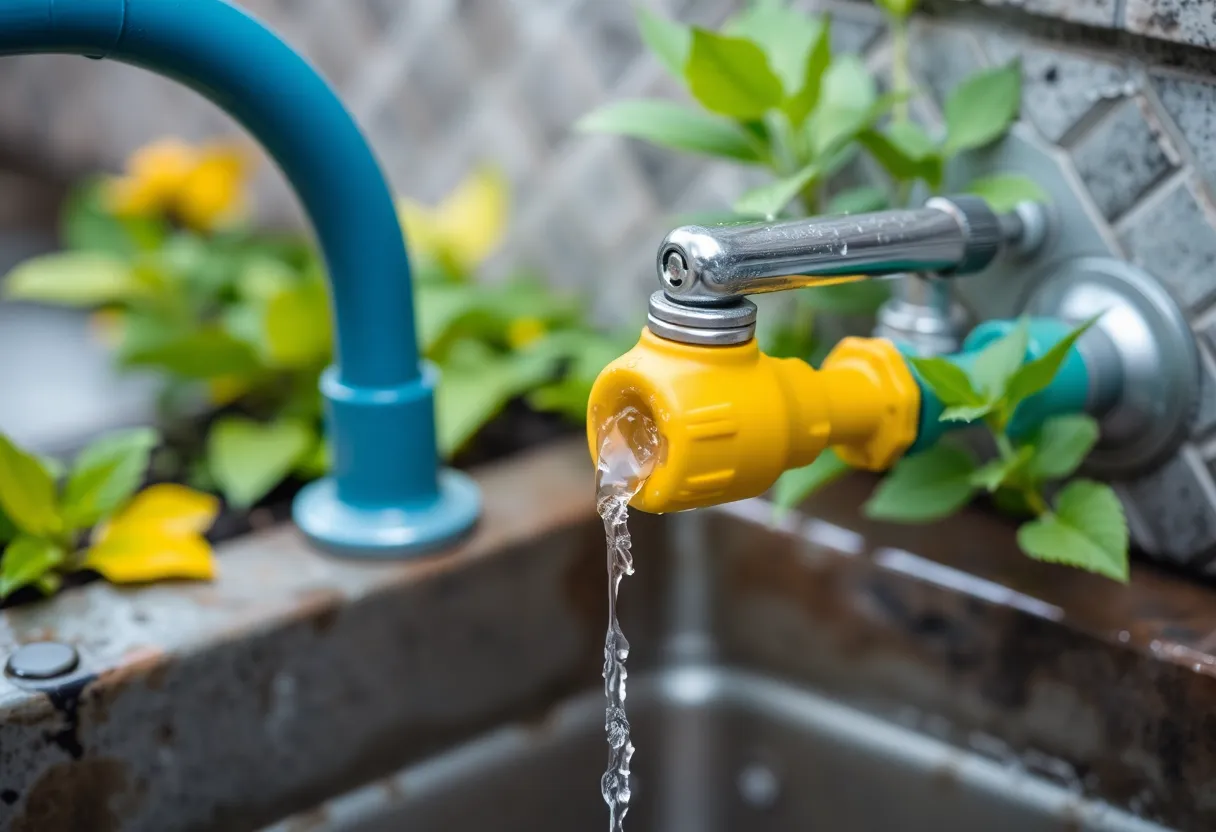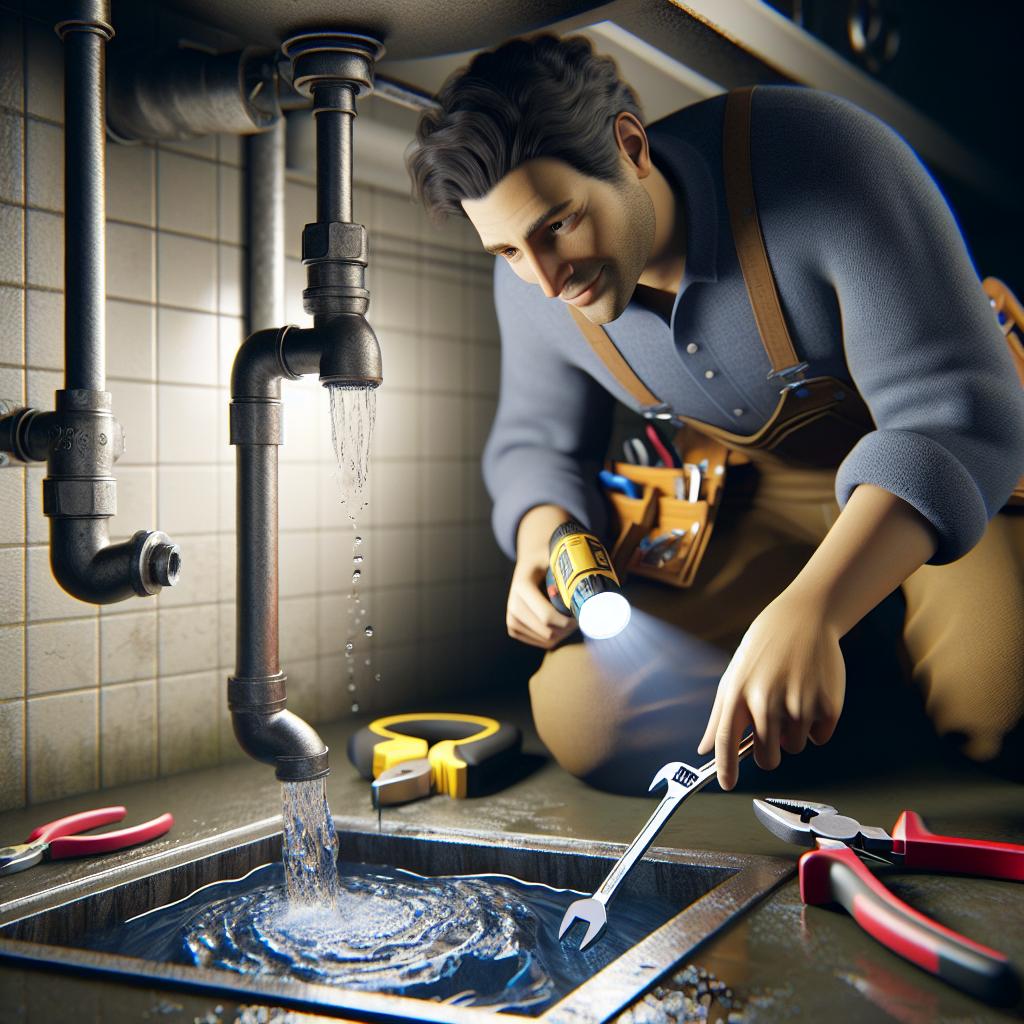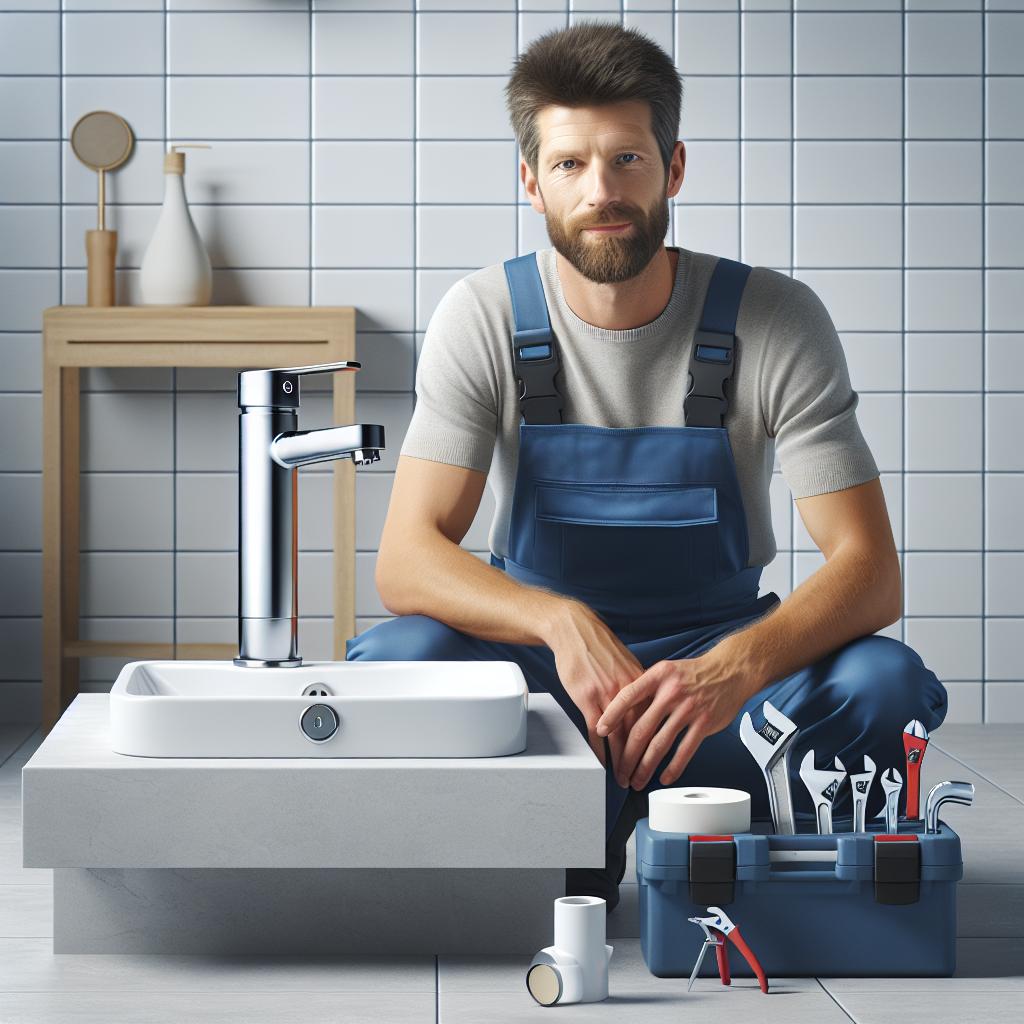Pipe Dreams: 10 Essential Plumbing Tools for DIY Success Every Homeowner Should Own
Plumbing issues can arise at the most inconvenient times, leaving homeowners feeling stressed and overwhelmed. While some plumbing problems may require professional assistance, many can be addressed with the right tools and a bit of know-how. Equipping yourself with essential plumbing tools not only saves money on repairs but also empowers you to tackle minor issues with confidence. In this article, we’ll explore ten essential plumbing tools every homeowner should own for successful DIY plumbing projects.
1. Plunger: The First Line of Defense
A plunger is often the first tool people think of when faced with a clogged toilet, sink, or drain. Its simplicity and effectiveness make it a staple in any household. There are generally two types of plungers: a cup plunger for sinks and a flange plunger designed specifically for toilets.
- Cup Plunger: Ideal for sinks and tubs, it utilizes a simple cup design to create suction and dislodge clogs.
- Flange Plunger: Recommended for toilets, this variation features a flange that helps create a better seal, maximizing its effectiveness against tougher clogs.
Remember: A good quality plunger can be the difference between a simple fix and a disaster.
2. Pipe Wrench: The Grip You Need
A pipe wrench is an essential tool for gripping and turning pipes, whether you’re tightening or loosening fittings. With its serrated teeth and adjustable jaw, it provides a strong grip and mechanical advantage.
- Sizes: Pipe wrenches come in various sizes, so it’s essential to select one that suits your specific needs. A 12-inch wrench is typical for most home plumbing tasks.
- Usage Tip: Always keep the jaw of the wrench in contact with the pipe to maximize grip and prevent slippage.
Investing in a high-quality pipe wrench ensures durability and reliability for years to come.
3. Adjustable Wrench: Versatility at Your Fingertips
A versatile tool, the adjustable wrench can handle a variety of nuts and bolts, making it perfect for various plumbing tasks. This tool is particularly useful when working with fittings that have different sizes.
- Features: The adjustable jaw allows you to tighten or loosen fasteners of various sizes quickly.
- Storage: Its compact design means you can easily store it in a toolbox or kitchen drawer.
Pro Tip: A well-maintained adjustable wrench should not slip, so always ensure it’s in good working condition.
4. Basin Wrench: The Hidden Helper
A basin wrench is a specialized tool designed for tightening or loosening nuts that are often located in tight spaces under sinks. The long handle and pivoting jaw make it ideal for reaching hard-to-access areas.
- Functionality: The adjustable jaw grips hex-shaped fittings, providing a strong grasp.
- Storage: Like most plumbing tools, it’s wise to store it in a dry area to prevent rusting.
This tool is indispensable for replacing sink faucets and addressing plumbing issues beneath sinks.
5. Pipe Cutter: Clean Cuts for Clean Installations
A pipe cutter is essential for cleanly cutting pipes without damaging the materials. Unlike hacksaws, which can leave burrs and rough edges, pipe cutters create a smooth, precise cut.
- Types: Generally, there are specific cutters for copper, PVC, and other materials, so be sure to choose one compatible with the pipes you’re working on.
- Measurements: Many pipe cutters come with measurement guides to ensure accurate cutting.
Final Note: Always deburr edges after cutting to ensure a seamless fit when joining pipes.
6. Teflon Tape: The Magic Sealant
Teflon tape, also known as plumber’s tape, is crucial for creating watertight seals on threaded plumbing connections. This inexpensive tool prevents leaks by ensuring a snug fit.
- Application: Wrap the tape around the threads of the pipe before screwing on fittings to secure a leak-free connection.
- Tip: Only use a couple of layers of tape — too much can cause slippage or make it difficult to tighten connections.
Having a roll of Teflon tape in your toolkit can save you from future leaks!
7. Pipe Inspection Camera: See What Lies Beneath
For those who want to take their DIY plumbing skills to the next level, a pipe inspection camera is an invaluable tool. This device allows you to visually inspect the interior of pipes to identify clogs, leaks, and other issues without invasive measures.
- Features: Many models come equipped with LED lights to enhance visibility in dark pipes.
- Advantages: Early detection of problems can save you significant time and money compared to waiting until issues become severe.
Note: Investing in a good quality pipe inspection camera can provide peace of mind and clarity when dealing with uncertain plumbing issues.
8. Hacksaw: The General Purpose Tool
A hacksaw is an excellent multi-purpose cutting tool for a variety of tasks. When it comes to plumbing, a hacksaw is useful for cutting through metal and plastic pipes. Its portability and ease of use make it a staple in many toolboxes.
- Blade Variability: Hacksaws come with interchangeable blades, so you can select the right one based on the material you’re cutting.
- Storage: Its compact size makes it easy to store, ensuring you have it on hand when needed.
Always use a steady hand and ensure proper safety measures when operating a hacksaw to avoid accidents.
9. Faucet & Sink Plumber’s Bit: Precision at Work
A plumber’s bit is crucial for drilling accurate holes for sink and faucet installations. This specialized tool is designed to accommodate the unique requirements of plumbing setups.
- Tips: When using a plumber’s bit, ensure it’s compatible with the drill for optimal performance.
- Maintenance: Regularly inspect the bit for wear and tear, replacing it as needed for continued precision.
Having a plumber’s bit on hand can ease the installation process and ensure professional results.
10. Safety Equipment: Protect Yourself
While not a plumbing tool in the traditional sense, safety equipment is vital for any DIY home improvement project. This can include items such as gloves, goggles, and masks.
- Gloves: Protects your hands from sharp edges, hazardous chemicals, and harmful bacteria.
- Goggles: Shields your eyes from splashes and debris, especially when working in tight spaces.
- Mask: Useful for protecting against dust, fumes, and toxic substances that may be present in old plumbing systems.
Always prioritize safety when engaging in plumbing projects to prevent injury.
Conclusion
Equipping yourself with these _ten essential plumbing tools_ will prepare you for a wide array of DIY plumbing projects around your home. From minor clogs and leaks to installations and repairs, having the right tools on hand not only saves you time and money but also enhances your confidence in tackling plumbing tasks independently.
As every homeowner is unique, consider your specific needs and household plumbing systems when selecting tools. Remember, _a well-stocked toolbox can be your best friend in home maintenance_, giving you the freedom to handle issues as they arise. So, gear up, and turn those pipe dreams into reality!
